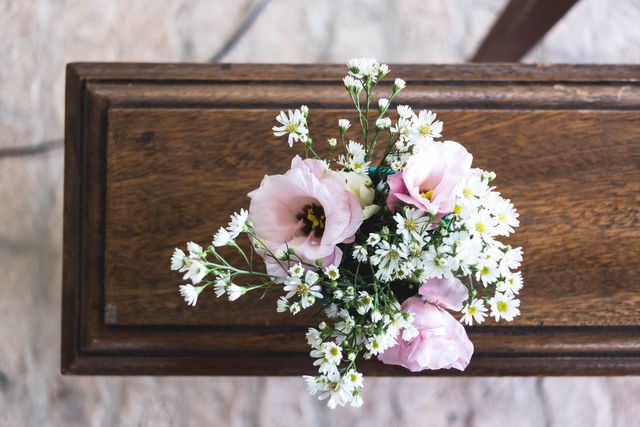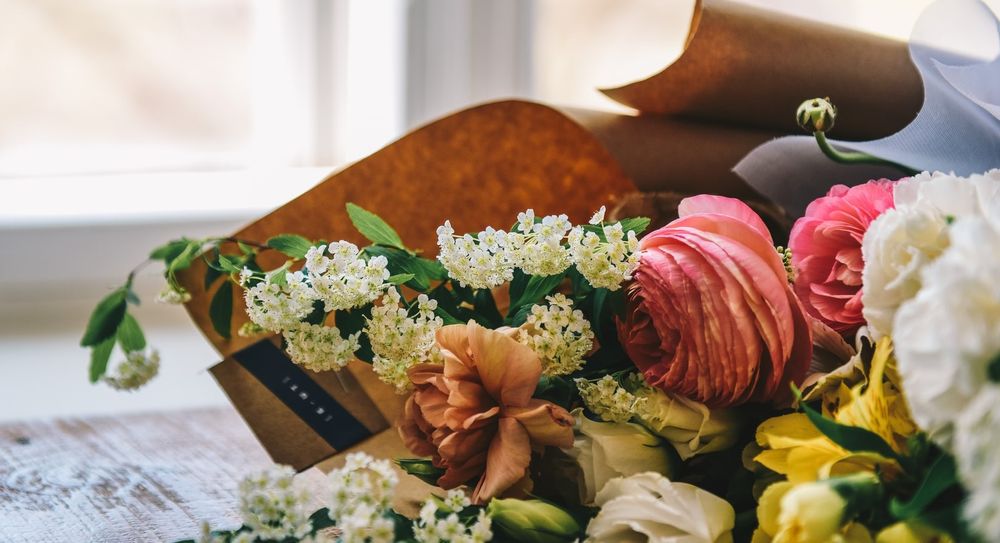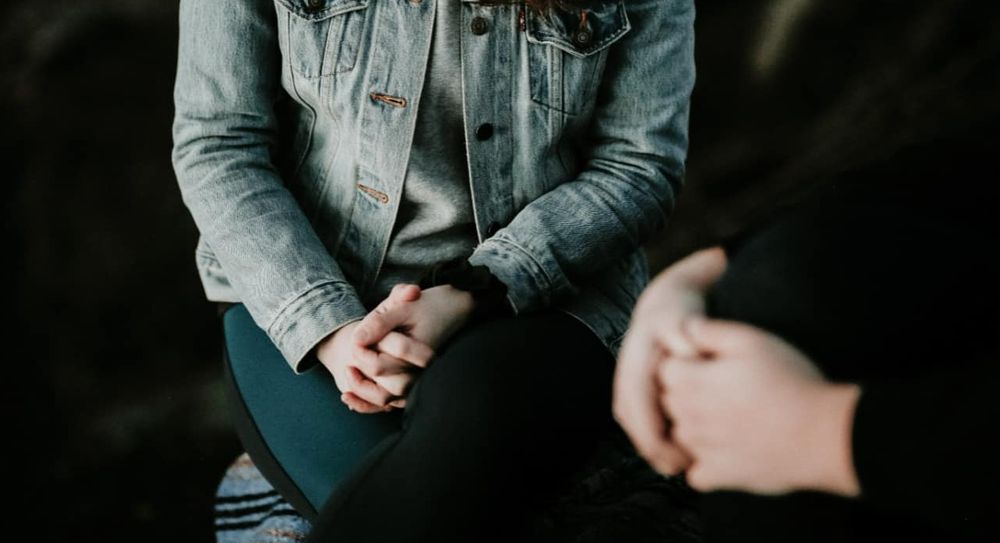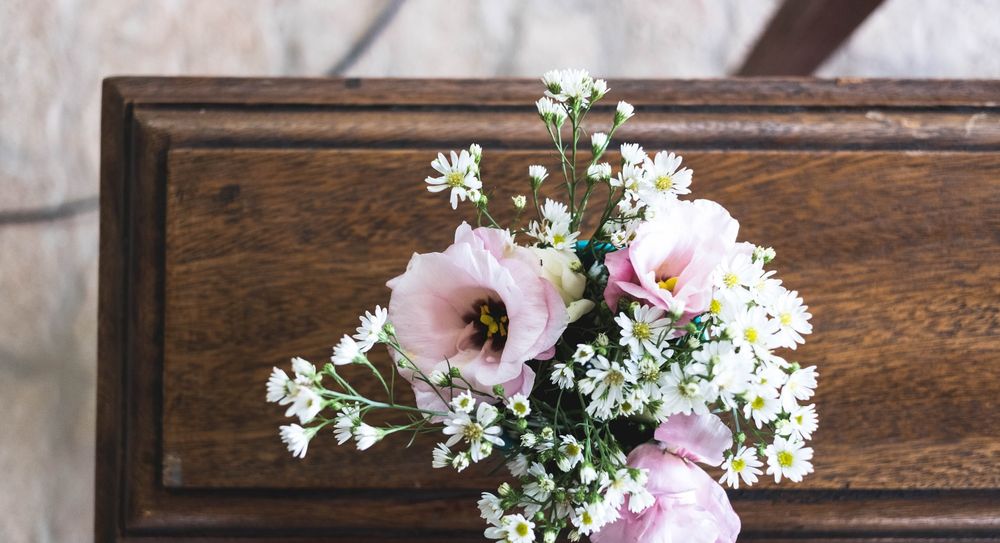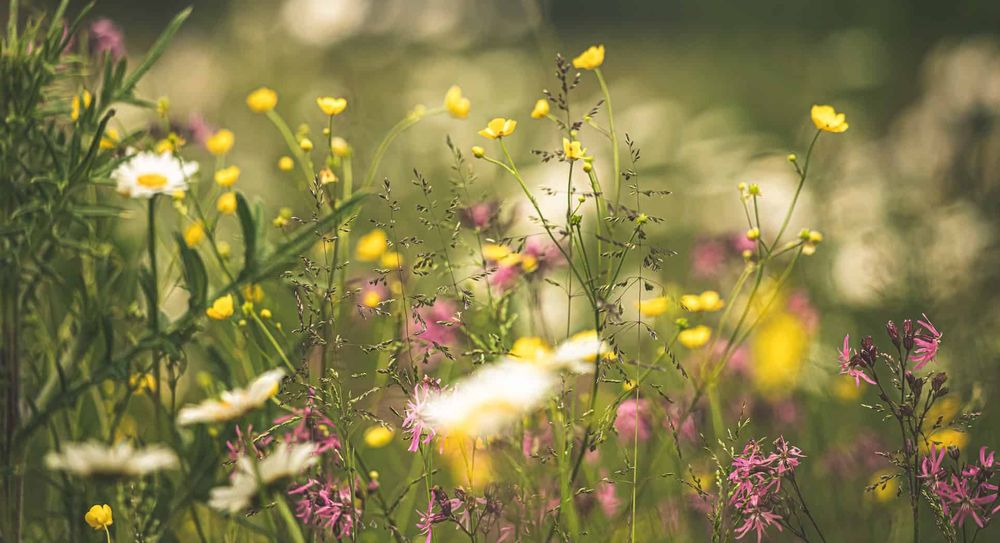If you’re planning a funeral, one of the main things to decide is whether to have a burial or cremation.
What are the main differences? And what other things should you be aware of?
Cremation vs burial: what's the difference?
Burial and cremation both have their roots in centuries-old cultures. The Ancient Egyptians buried their dead alongside their possessions, while archaeological digs have found evidence of cremation services dating back thousands of years.
Both methods are still in use today and remain very popular. Unless you want to explore alternative kinds of funerals, you'll have to choose between cremation or burial.
The choice you make will depend on:
- The ceremony you want
- How much it costs
- Its impact on the environment
- The kind of memorial you want
Of course, the person who has died might have made their choice while they were alive. It's important to take this into account, along with the wishes of their family.
The ceremony you want
With a burial, the body of the person who has died is placed in a coffin, which is sealed before it's placed in the ground. Cremation is a process where the body is burned to ashes.
A burial funeral usually follows a set structure and can't be personalised very much. This might be a good thing, as it can be hard to focus on small details when you're grieving.
A cremation offers more flexibility. A cremation funeral can follow the structure of a burial ceremony, or it can be more like an intimate gathering.
In addition, burials must be done relatively quickly. But with cremation, you have as long as you like to bury or scatter the cremated remains. This means it's easier to schedule a time and location to suit everyone. It can also give you more time to decide on a final resting place.
The cost of cremation and burial
If you’re arranging a cremation or burial, it's important to consider funeral costs. You'll have to pay burial or cremation fees, as well as funeral director fees.
The burial fee includes the coffin and cemetery plot. This is why burial is often more expensive compared to the cost of a cremation funeral.
However, there are ways to save money if you decide on a burial. For instance, you can choose low-cost coffins made with veneer or chipboard – or even a cardboard coffin that can be decorated as you wish. Learn more about choosing a coffin.
For more detailed info about the different costs, read our guides:
The environmental impact
Every type of funeral and cremation service has an impact on the environment.
With a burial, embalming chemicals used to preserve the body can leak into the soil. And while the cremation process doesn't involve embalming, it uses fuel and produces emissions that aren’t environmentally friendly.
You could choose an eco-friendly funeral instead. These special funerals are similar to standard burial ceremonies but are designed to minimise their impact on the planet.
Eco-friendly funerals usually don't involve embalming. They often switch the traditional wooden coffin for a willow coffin – also known as a wicker coffin or basket coffin. You might also see "green" coffins made of banana leaf, seagrass, rattan, wool or bamboo.
Choice of memorial
After a burial, you'll probably want to mark the grave with a headstone. This provides a physical place where friends and family can visit and remember the person who has died. The headstone might be located in a cemetery or on private land if you have permission.
With cremation, you have more options. You could scatter the ashes, keep them in an urn or arrange to bury them in the crematorium's garden of remembrance.
If you choose to bury them, they'll often be placed in a sealed compartment in the garden wall and marked with a plaque. You could also choose a "cremation grave" – a small memorial that has room for one or more sets of ashes.
Whatever you decide, choosing the right funeral director will help take some of the pressure out of the process. You can find funeral directors near you using our easy online comparison tool.
Photo by Mayron Oliveira on Unsplash.

